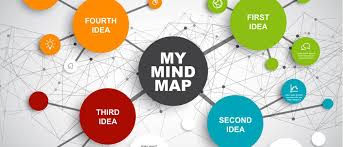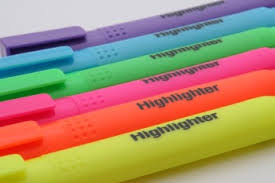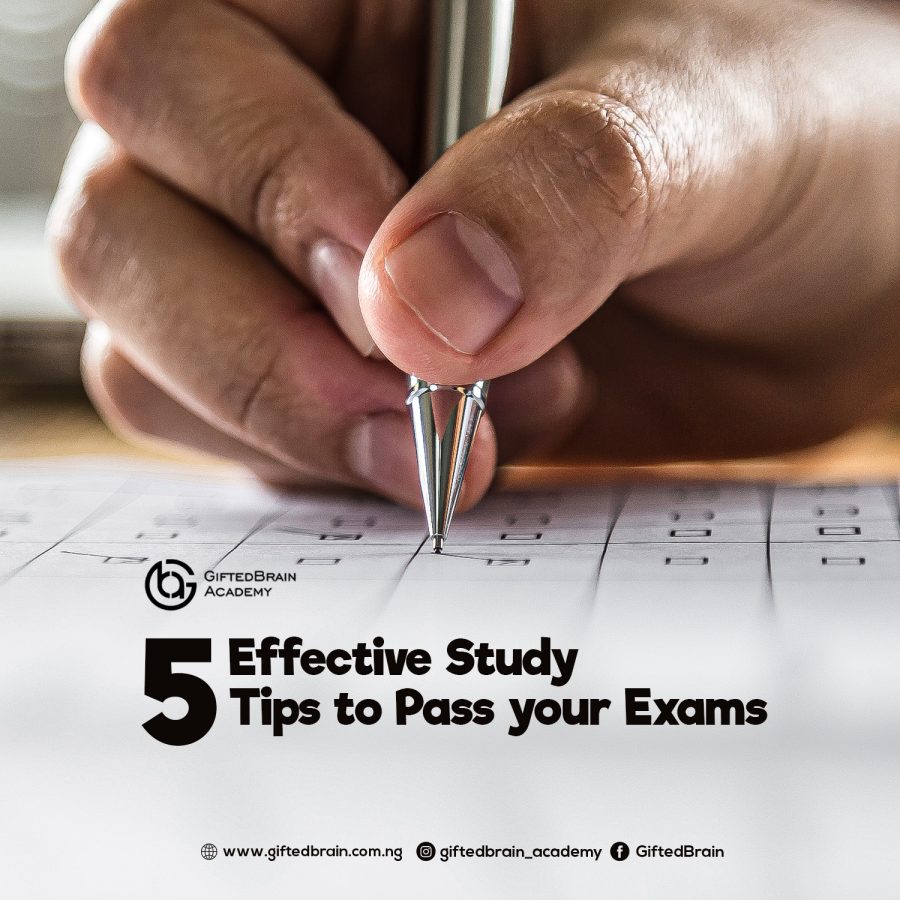Are you struggling to retain information from your classes or textbooks? Do you feel like you’re putting in hours of study time without seeing the results you want? The truth is, everyone learns differently. While some students excel through reading and writing, others thrive with hands-on activities and visual aids. That’s why understanding your own learning style can be a game-changer when it comes to academic success. In this article, we’ll explore the 3 types of learners: visual, auditory, and kinesthetic. By learning more about these styles and discovering your own preferences, you can unlock your full potential and revolutionize the way you approach learning.
Visual Learners
Visual learners prefer to learn through visual aids, such as diagrams, charts, and graphs. They may also benefit from videos, slideshows, and other multimedia content. These learners are often good at recognizing patterns and visualizing concepts in their minds.
If you’re a visual learner, there are several study strategies that can help you succeed:
Create mind maps

Use mind maps to organize your thoughts and visualize connections between different concepts. This can be a helpful way to study for exams or prepare for writing assignments.
Use flashcards

Create flashcards with visual aids, such as images or diagrams, to help you remember important information.
Watch videos
Look for educational videos that illustrate concepts visually. This can be a great way to reinforce your understanding of a particular topic.
[adrotate banner=”5″]
Draw diagrams
If you’re trying to understand a complex process or system, try drawing a diagram or flowchart. This can help you visualize the different components and how they relate to each other.
Use colour coding

Colour code your notes and study materials to help you remember important information. You could use different colours for different concepts or ideas, for example.
Auditory Learners
Auditory learners prefer to learn through listening and speaking. They may benefit from lectures, group discussions, and verbal explanations. These learners are often good at remembering information that they’ve heard, rather than read.
If you’re an auditory learner, here are some study strategies that may help you:
Attend lectures
Make sure you attend all of your lectures and take notes while you’re there. You may also benefit from recording the lecture and listening to it again later.
Use study group
Join a study group or create one with classmates. This can be a great way to discuss course material and reinforce your understanding through verbal explanations.
Read out loud
When you’re studying, try reading your notes out loud. This can help you remember information more effectively.
Listen to podcasts
Look for educational podcasts that cover topics related to your course. This can be a great way to reinforce your understanding and stay engaged with the material.
Use mnemonic devices
Mnemonic devices are memory aids that help you remember information. For example, you could use a rhyme or acronym to remember a series of facts.
Kinesthetic Learners
Kinesthetic learners prefer to learn through hands-on activities and physical experiences. They may benefit from experiments, field trips, and other interactive learning experiences. These learners are often good at remembering information that they’ve experienced through movement or touch.
If you’re a kinesthetic learner, here are some study strategies that may help you:
Take breaks
When you’re studying, take breaks to move around and stretch. This can help you stay focused and engaged with the material.
Use hands-on activities
Look for hands-on activities that relate to the course material. For example, you could build a model, conduct an experiment, or create a prototype.
Act out scenarios
If you’re trying to understand a complex process or system, try acting it out with a partner or group. This can help you visualize the different components and how they relate to each other.
Use movement
Try using movement to reinforce your learning. For example, you could tap your foot or move your hands while studying, or walk around while listening to a lecture.
Create study aids
Create study aids that involve movement, such as flashcards that you shuffle and rearrange, or a study guide that you physically move through as you answer questions.
It’s important to note that most people don’t fit neatly into one learning style. Instead, many people have a mix of different learning preferences and may benefit from using different study strategies depending on the situation. For example, you may be a visual learner when it comes to biology, but an auditory learner when it comes to history.
The key is to experiment with different study strategies and find what works best for you.
[adrotate banner=”3″]
Here are some tips to help you discover your own learning style
Pay attention to your study habits
Notice how you prefer to learn and remember information. Do you tend to read your notes over and over again? Do you like to listen to lectures while taking notes? Do you enjoy hands-on activities?
Take a learning style quiz
There are many free online quizzes that can help you identify your learning style. Keep in mind that these quizzes are just a starting point, and you may need to experiment with different study strategies to find what works best for you. You can check out the quiz on our website.
Try different study strategies
Experiment with different study strategies and notice which ones help you learn most effectively. Keep in mind that some strategies may take more time or effort than others, so be patient and persistent.
Don’t be afraid to ask for help
If you’re struggling to understand a concept or retain information, don’t hesitate to ask for help. Your teacher, classmates, or tutor may be able to provide additional support and guidance.
In conclusion, understanding your own learning style is an important step towards academic success. By using study strategies that align with your learning preferences, you can study more effectively and achieve better results. Whether you’re a visual learner, auditory learner, kinesthetic learner, or a combination of all three, there are study strategies that can help you learn and remember information more effectively.


